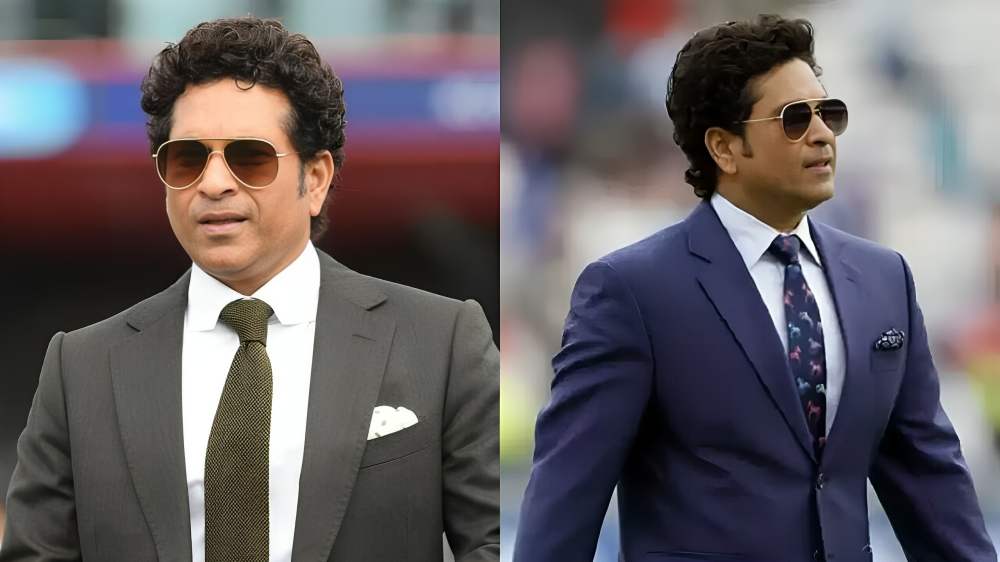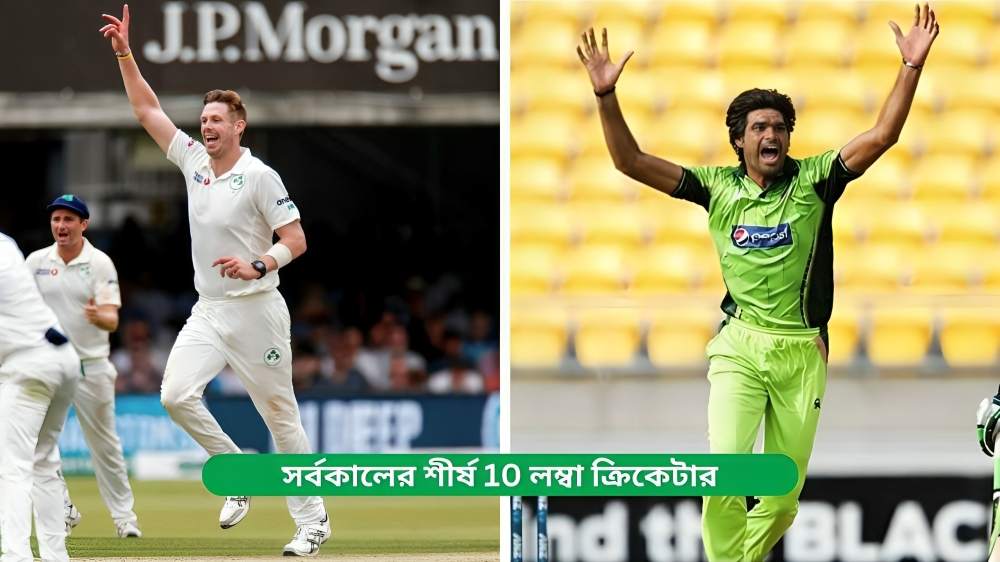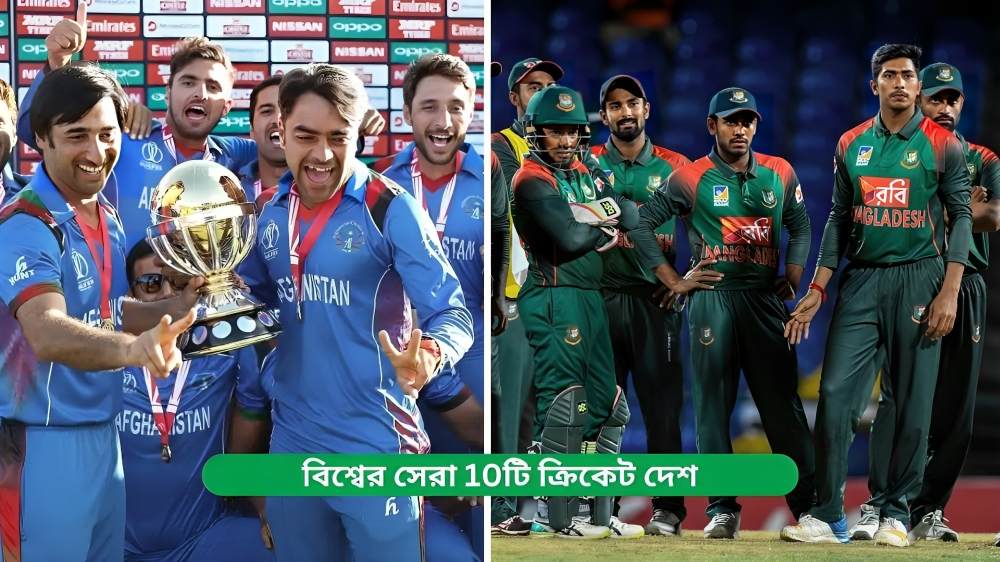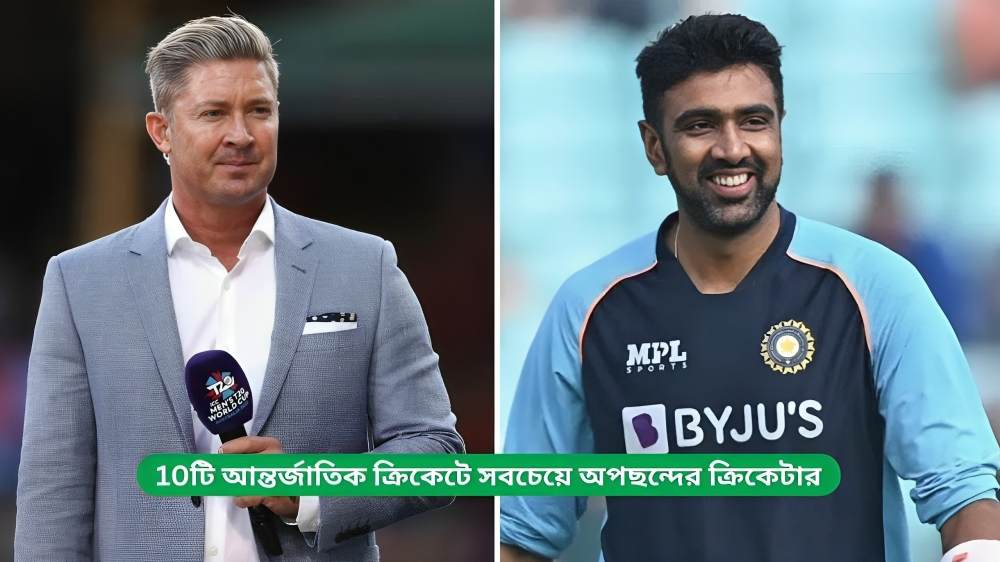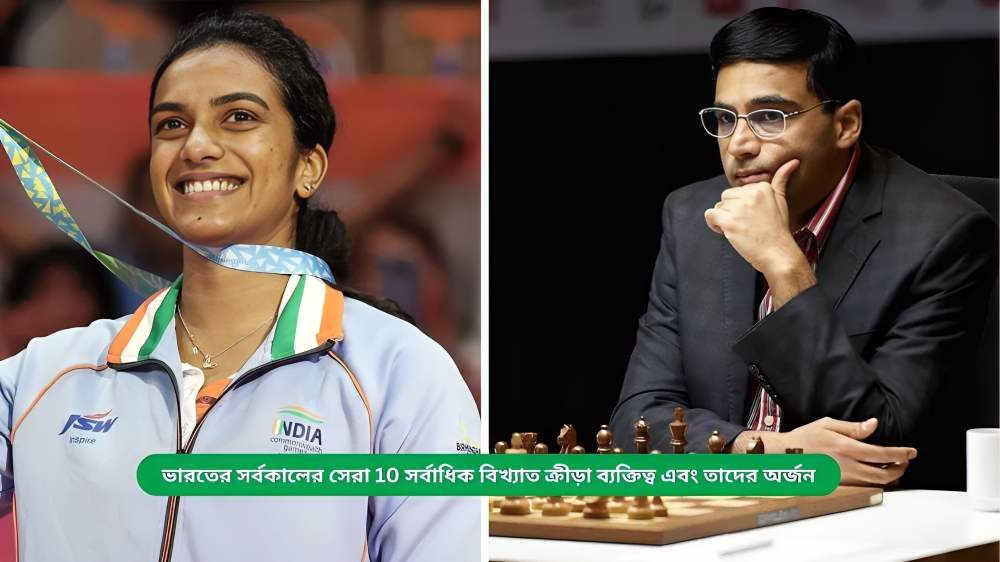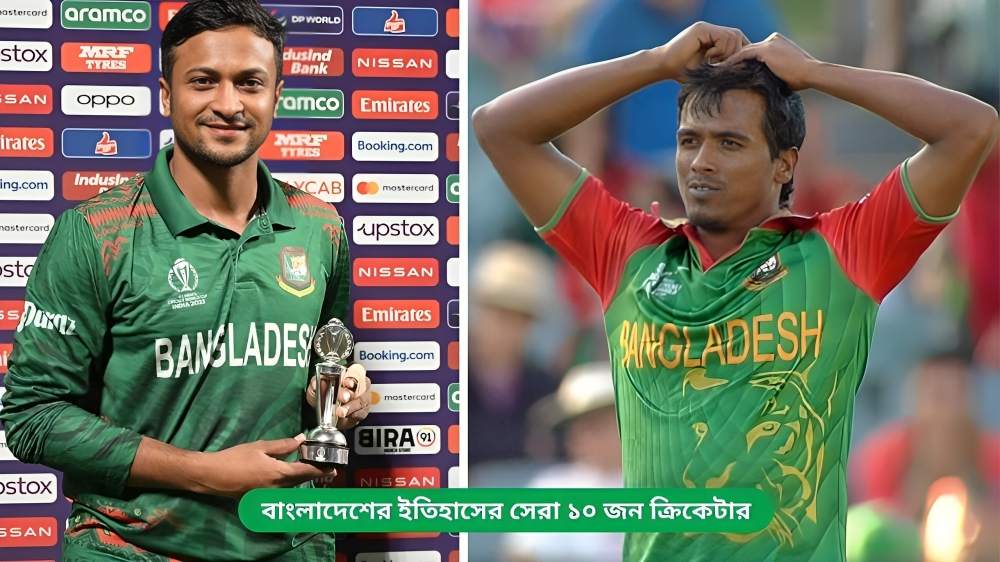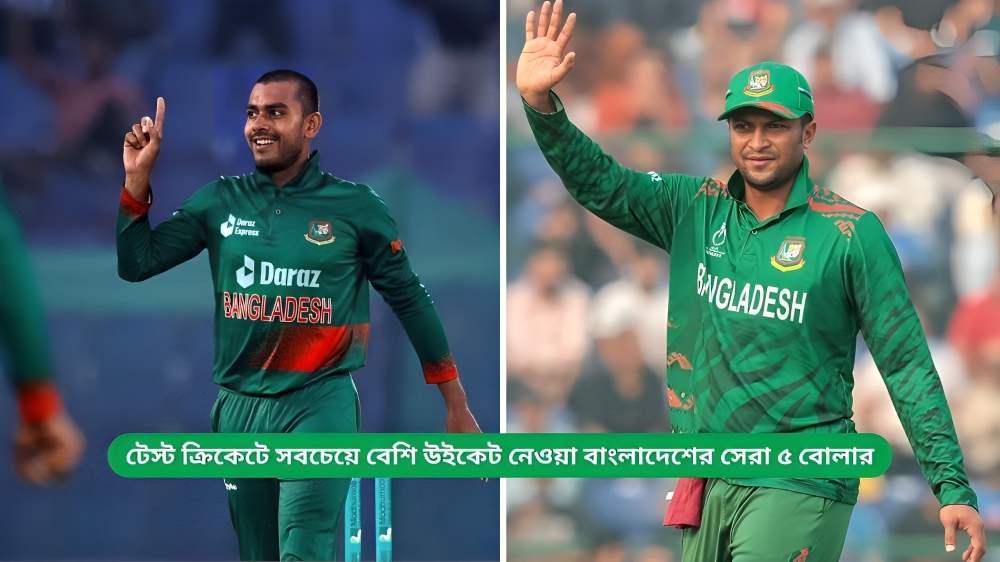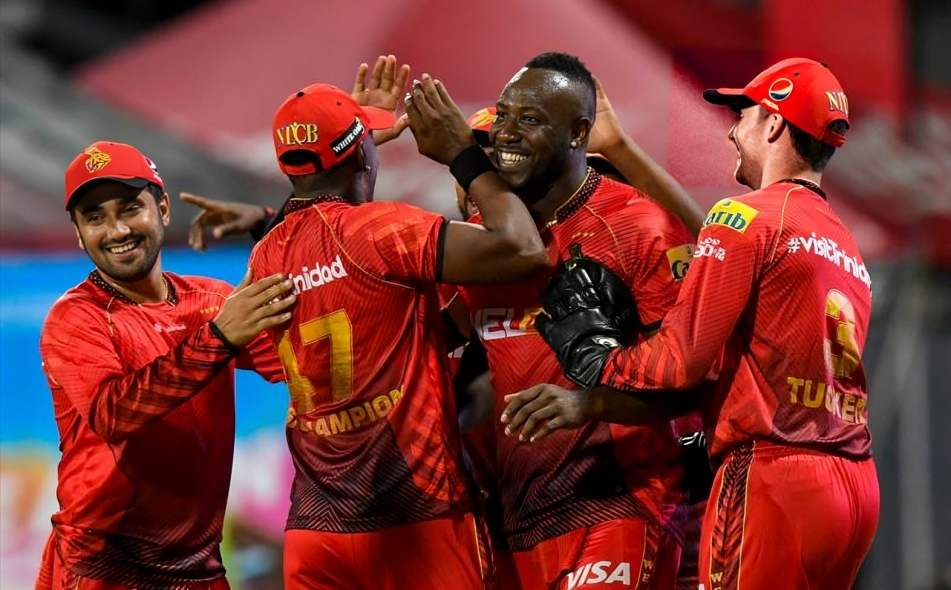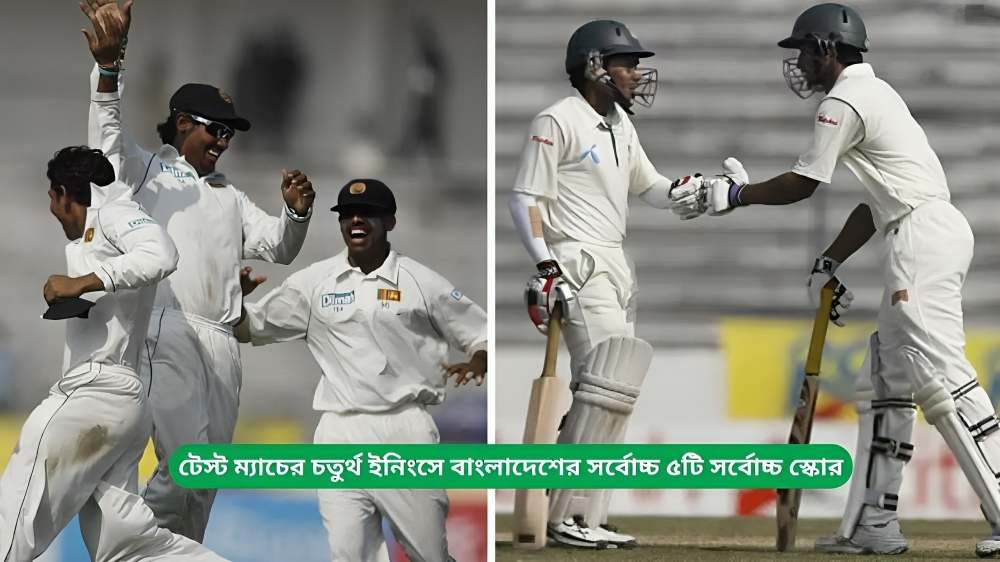Cricket fielding positions, such as slips, gully, point, and covers, play crucial roles in defense. Each position targets specific shot types, enhancing a team’s ability to prevent runs and secure catches, contributing significantly to the overall strategy and success in matches.
1) First Slip

The first slip is a common fielding position, especially in Test matches. Positioned directly behind and to the side of the wicketkeeper, this fielder is strategically placed to catch edges that may slip past the bat, particularly when there is significant swing or seam movement.
The first slip becomes essential with a new ball, as it offers greater chances for swing, increasing the likelihood of an edge. A fielder in this position must have quick reflexes, as edges often come at high speeds. This setup is crucial for maximizing catching opportunities early in the innings.
2) Second Slip

Slip fielding positions, including first slip, second slip, third slip, and so on, are strategically placed close to each other behind the wicketkeeper, with slight spacing adjustments based on their numbering.
The second slip position, slightly to the right and ahead of the first slip, is particularly advantageous. Often, it captures the highest number of catches from edges, making it a prime spot for skilled fielders. This position is highly active across formats—Test, ODI, and T20I—especially in conditions favoring seam and swing, where edges are more likely.
3) Third Slip

The third slip fielding position is set directly behind the second slip, forming a coordinated line of fielders to catch edges from the batter. Each slip position moves progressively forward as the numbers increase; for instance, the second slip stands slightly ahead of the first slip, and the third slip stands a bit ahead of the second. This staggered arrangement improves reaction time and maximizes coverage, making it easier to catch edges, especially in swinging conditions.
4) Fly Slip

The fly slip is a lesser-known but strategic fielding position, especially useful against batters who struggle with short-pitched or short-of-length deliveries outside the off stump. Positioned between the second and third slip, just outside the 30-yard circle, the fly slip aims to catch high edges that go over the conventional slips. This position can be effective in both attacking and defensive strategies, particularly when the batter is prone to lofted shots or mishits in that region.
5) Third Man

The third man position is crucial in cricket, typically deployed when bowlers anticipate edges from batters attempting to play square cuts or glances. Positioned at a 45-degree angle behind the slips, the third man can vary in distance from the wicket.
Short Third Man: Located within the 30-yard circle, this fielder is closer to the batsman and is effective against aggressive cuts or nicks.
Deep Third Man: Positioned further back, outside the 30-yard circle, this fielder is tasked with stopping boundaries from powerful edges or poor shots aimed behind the wicket.
These variations—short third, deep third, and third man—illustrate how fielding positions adapt based on the game situation and the batter’s tendencies.
6) Gully

The gully position is a strategic fielding spot in cricket, particularly effective in test matches. Positioned behind the square on the off side, the gully fielder anticipates edges from batters attempting back foot punches or cut shots against deliveries outside the off stump.
Located approximately 20 yards from the batter, the gully fielder complements the slip cordon by providing an additional catching option. This position is crucial for capitalizing on any misjudgments by the batter, especially against fast bowlers who generate movement through the air or off the pitch.
7) Silly Point

The silly point is one of the most perilous fielding positions in cricket, situated just 3 to 4 steps in front of the batsman on the off side. This position requires an agile and alert fielder, as it is close to the batter, increasing the likelihood of being struck by the ball.
Due to the risks involved, players in this position typically wear protective gear, including a helmet, abdomen guard, and shin pads. The silly point fielder plays a crucial role in catching deflections from batters attempting to play forward strokes, making it a key position for capturing potential wickets and creating pressure on the batting side.
8) Point

The point position is among the toughest fielding roles in cricket, as it requires quick reflexes to stop fast-moving balls that often turn to the right after a cut shot. Positioned square off the wicket, typically around 30 yards from the batter, the point fielder plays a critical role in cutting off runs and creating wicket-taking opportunities.
The point position can be further categorized into three distinct areas:
- Forward Point: This fielder is positioned slightly to the left of the main point fielder, approximately 10 yards closer to the batter. Forward point is essential for catching early cut shots and stopping quick singles.
- Backward Point: Located to the right of the main point fielder, the backward point is often employed in Test matches, especially when the ball is swinging outward. This position is crucial for catching deflections off the bat.
- Deep Point: As the name suggests, the deep point fielder is positioned near the boundary line. This placement is used to prevent boundaries and cut-off runs from powerful shots that reach the outfield.
These variations in the point position allow teams to adapt their fielding strategy based on the batting style and the bowler’s approach, making it a versatile and essential aspect of the fielding setup.
9) Cover Point

The cover point position is vital for protecting the off side. Located between the point and cover fielders, this player aims to stop square and cover drives, as well as cut and backfoot shots. Positioned around 30 yards from the batter, the cover point fielder must have quick reflexes and anticipation skills to effectively prevent boundaries and control the scoring rate.
10) Covers

The covers position is a favored choice among many international cricketers, as it guards the key off side area where most balls are played. Typically located 10-15 yards to the right of the cover point, this fielder aims to intercept shots like cover drives and drives through the off side. Their role is crucial in preventing boundaries and supporting the bowler by containing runs. A skilled cover fielder must possess excellent anticipation and agility to handle the fast-paced action of the game effectively.


